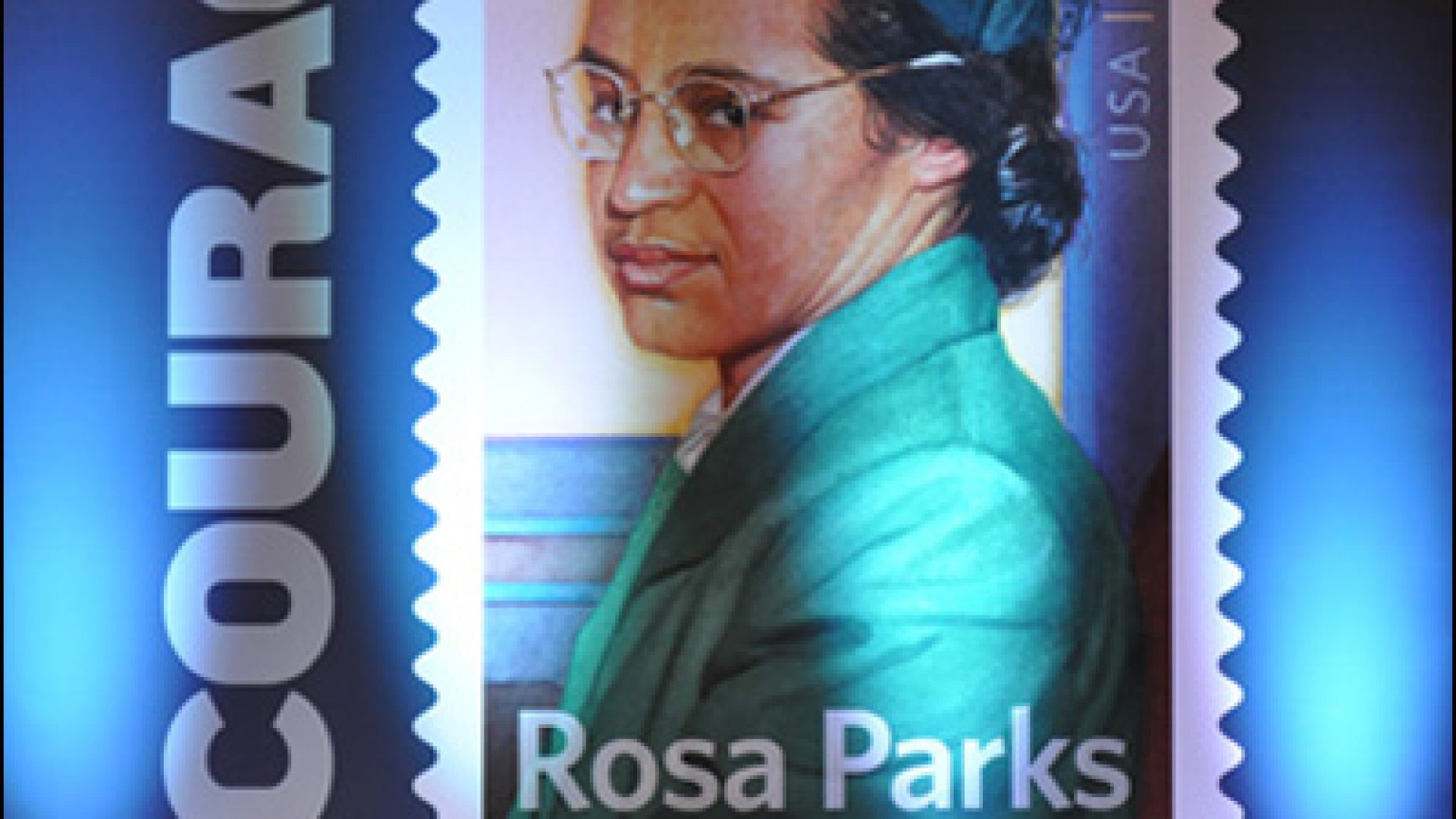Hidden Figures tells riveting story of NASA’s human computers
By Judith Stanford Miller, Student News Net editor
(This article was first published on Student News Net, Feb. 13, 2017, ID #8671)

Feb. 13, 2017 – Before digital machines were called computers, human mathematicians were called computers. Beginning in the 1940s, a group of African American female mathematicians, working in the West Area Computing Unit at NASA’s Langley Lab in Virginia, crunched books full of complicated numbers. Their exceptional expertise helped John Glenn successfully orbit the Earth in 1962. In 1969, they helped calculate the trajectory for Apollo 11 astronauts to land on the moon, the first humans to do so. Meet three of these amazing human computers in Hidden Figures, a book by Margot Lee Shetterly that was made into a movie (PG) in 2016.
NASA video taken on Dec. 11, 2016 at the movie premiere
Human computers
Dorothy Vaughan, Mary Jackson, and Katherine Goble Johnson are the three main characters in the book, written by Margot Lee Shetterly and published in 2016. In the movie released in December 2016, the three women are played by Octavia Spencer, Janelle Monae, and Taraji Henson respectively. Octavia has been nominated for Best Supporting Actress for her performance as Dorothy.
But these three women represent possibly more than one thousand African American female mathematicians who were employed by NASA as the United States and the Soviet Union went brain-for-brain competing to dominate space during the Cold War.
They possibly represent so many women because the exact number will never be known. It is definitely in the hundreds though. The facts have been lost to history since no official records remain of all African American, female mathematicians who worked at NASA at that time.

The girls worked together in the “West Area Computing Unit” and individually were known as computers. The girls in the “East Area Computing Unit” were Caucasians who worked in a different building, a world away in so many ways. The girls’ work environment mirrored the social injustices of the 1950s and 1960s with Jim Crow laws mandating separate bathrooms, drinking fountains, and lunch rooms for the computers working in West Computing.
When Katherine Johnson’s genius in analytical geometry was needed, she was transferred from West Computing to the Space Task Group, an all white, male group of engineers and mathematicians charged with plotting the trajectory to put John Glenn into orbit in 1962 and astronauts on the moon in 1969.

Getting the math correct was more important than gender or ethnicity. As the girls proved themselves to be fast and accurate with numbers, barriers – and signs – were slowly torn down. The African American women were integrated into the NASA workforce and culture.
Before John Glenn launched into orbit, he asked “the girl” to check the numbers one more time.
An IBM mainframe computer was now calculating the flight’s trajectory but Glenn wanted a human to check the mainframe’s calculations. He asked for the girl he knew was NASA’s top mathematician. It was Katherine Johnson. The movie takes a little creative license for drama in this scene. Glenn did ask for Katherine to check the numbers but it was days before launch and not on the day of the launch as depicted in the movie. In a FAQ section on NASA’s website, NASA states it would have taken Katherine about a day and a half of work to check the numbers.
Katherine went on to have a 33-year career at NASA working on missions from Glenn’s first orbit to the space shuttle program. She retired in 1986.
In 2015, Katherine Johnson, born in 1918, was awarded the Presidential Medal of Freedom, the nation’s highest civilian award. She is now 98 years old.
“When the Computer Wore a Skirt: NASA’s Human Computers” – new exhibit at the Hampton History Museum in Hampton, Virginia
A new exhibit recently opened at the Hampton History Museum. It showcases artifacts from Dorothy, Mary, and Katherine. A 1957 model Friden mechanical calculator is on display, a machine that was state-of-the-art technology in its day (pictured below).

When the IBM mainframe was installed, it occupied an entire room. Dorothy knew right away it meant human computers would soon lose their jobs so she took it upon herself to learn how to program the mainframe. It was so new, few people knew how to operate it. Dorothy eventually became the unit supervisor of the group operating the IBM mainframe.
Hampton History Museum curator Allen Hoilman said his favorite artifact is a May 5, 1958 memo from Associate Director Floyd Thompson dissolving the West Area Computers Unit and reassigning its staff members to other jobs around the center.
“It meant that the segregated work environment was coming to an end,” Hoilman said. “That’s why this is a significant document. It’s one of the bookends.”
On May 5, 2016, the Katherine G. Johnson Computational Research Facility at NASA’s Langley Research Center in Hampton, Virginia was dedicated.



